We are waiting to hear back on the status of our safety forms from Mattel. In the meantime, I thought this was worth sharing.
FOR IMMEDIATE RELEASE:
“The Handmade Toy Alliance reacts to Testing Exemptions for Mattel”
St. Paul, MN – September 1, 2009 – The Consumer Product Safety Commission (CPSC) continues to
issue important guidance on several key areas of the Consumer Product Safety Improvement Act
(CPSIA), which was passed by Congress in August 2008 and requires all children’s products to be
tested for safety by third party laboratories. Except, it turns out, for toys made by Mattel, the world’s
largest toymaker, who has recalled 12.7 million toys for safety hazards or lead paint since 2007.
The CPSC granted Mattel permission to operate “firewalled” in-house testing facilities instead of
paying third party laboratories for performing required toy safety testing. Although such in-house
testing facilities are allowed under the CPSIA (due to Mattel’s heavy lobbying in 2008), only very
large manufacturers can meet the requirements set forth in the law. Smaller manufacturers, including
the members of the Handmade Toy Alliance (HTA), must pay third party labs for testing services
ranging from several hundred to several thousand dollars per item.
“We are concerned that this is just another example of the fox guarding the hen house,” wrote
Consumer Reports. Members of the Handmade Toy Alliance couldn’t agree more. “Mattel is one of
just a few companies that caused all the panic over toy recalls back in 2007,” said Dan Marshall, Vice
President of the HTA and co-owner of Peapods Natural Toys (MN). “While the provisions of the
CPSIA are causing hardship for hundreds of smaller companies with impeccable safety records, Mattel
has been allowed to bring their testing back in house with only a promise that they will not have
continued lapses in product safety.”
“This really makes me crazy,” said Jill Chuckas, Secretary of the HTA and owner of Crafty Baby
(CT). “This law is nearly impossible for small businesses like mine, but Mattel gets let off the hook.
How is that fair?” Mattel’s stock has risen 33% in the first six months since major provisions of the
CPSIA came into effect on February 10, 2009.
The Handmade Toy Alliance again calls to Congress to amend the CPSIA to make it fairer for small
businesses by allowing the CPSC to apply risk analysis to mediate the costs of compliance without
sacrificing safety. Small businesses should not be punished for Mattel’s mistakes.
Although the CPSC has recently defined a list of materials that are not expected to be contaminated by
lead, many materials still require testing. “It’s fine to exempt wood, fabric, and paper from testing,”
said Cecilia Leibovitz, President of the HTA and owner of Craftsbury Kids (VT). “But as soon as you
attach a nail, zipper, button, hinge, or a coat of paint, we’re back to having to pay for testing. Most of
our members are still very much struggling with this law.”
The Handmade Toy Alliance is a grassroots alliance of 382 retail stores, toymakers and children’s
product manufacturers from across the country who want to preserve consumer access to unique
handmade toys, clothes and all manner of small batch children’s goods in the USA. Formed in
November of 2008 in response to the CPSIA, HTA members are parents, grandparents and consumers
who are passionate about their businesses as well as the safety of the children in their lives. While in
support of the spirit of the law, the unintended consequences of the CPSIA have motivated members of
the HTA to work to enact change at a federal level. More information at www.handmadetoyalliance.org.

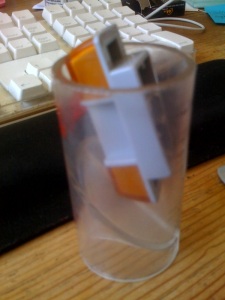
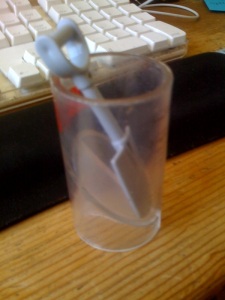
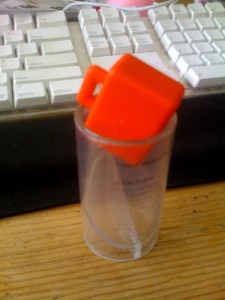
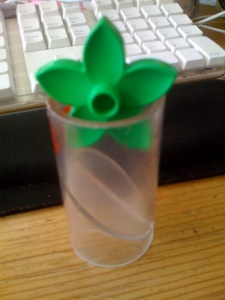
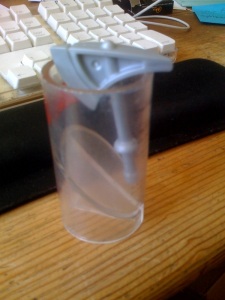
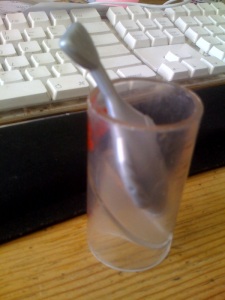
 As you know the time frame for the new safety regulations under the CPSIA have been extended by a year. We asked Jim Becker, the co-partner of becker & mayer! some questions about the regs and the new direction of their science/activity kits under the
As you know the time frame for the new safety regulations under the CPSIA have been extended by a year. We asked Jim Becker, the co-partner of becker & mayer! some questions about the regs and the new direction of their science/activity kits under the